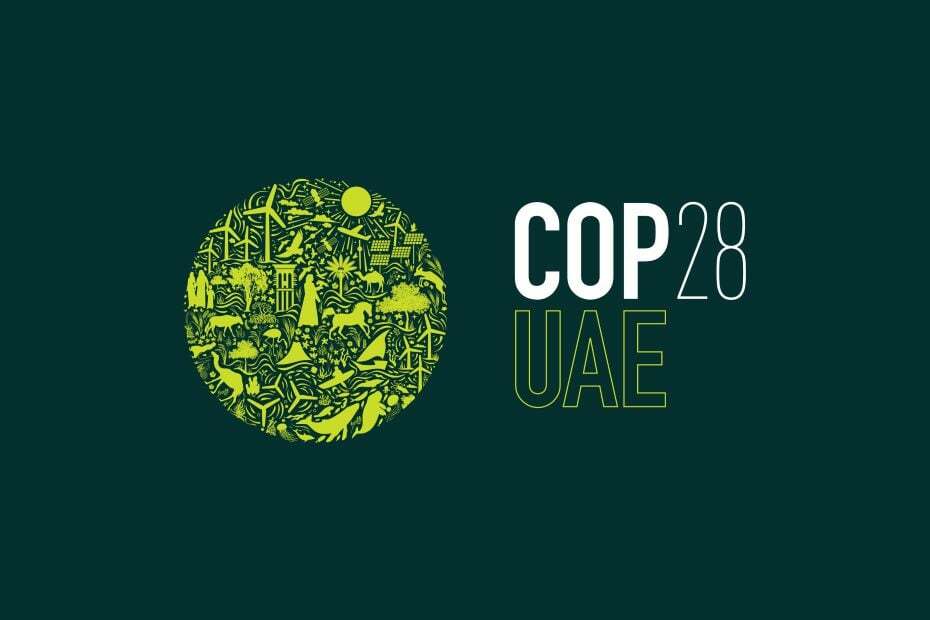Road to COP28. Achieving sustainable cold chains in low-to-middle-income countries
Successful implementation requires clear government strategy, financial support, close engagement with local communities and users, trainings for efficient use and maintenance, and public-private-partnerships, says Dr Xinfang Wang.
Road to COP28: The IIR interviews experts on sustainable refrigeration
|
As stated by the UN Environment Programme, the refrigeration sector is becoming a global priority. The 2023 UN Climate Change Conference will take place in Dubai, United Arab Emirates (UAE) from November 30 to December 12. Sustainable cooling will be the focus of COP 28 as one of the key solutions to tackle climate change. The IIR will be partnering with UNEP’s Cool Coalition and several other organisations to deliver a “Global Cooling Stocktake report” program promoting sustainable cooling. In the run-up to COP28, the IIR's monthly newsletter features the views of experts on sustainability in various areas of refrigeration. |
Dr Xinfang Wang, assistant professor of Cold Economy, states that sustainability for cold chain means reducing food loss and waste, and vaccine spoilage whilst maintaining the safety and nutrition, improving the systems efficiency and minimising the energy input required.
A sustainable cold chain involves using natural refrigerants, renewable energy sources and clean energy technologies to reduce scope 1, scope 2 and scope 3 emissions (i.e., direct emissions, indirect emissions linked to energy consumption and other indirect emissions). Furthermore, applying innovative business models, such as cooling-as-a-service business model is key to enable access to cooling for all. Additionally, capacity and skill building locally are necessary to maintain the cold chain appliances and infrastructure.
Find out more about vaccine cold chain
Find out more about the food cold chain
Priorities and barriers to achieve sustainability
Dr Wang believes that the priority is to apply the whole systems approach, which means coordinating efforts across the whole food or vaccine supply chain, taking into account the various stakeholders and numerous moving parts.
Another priority is for the developing countries and developed countries to work together to achieve resilient and sustainable cold chains for all. This include supporting the low-to-middle-income countries (LMICs) in developing clear and long-term strategies, applying advanced clean cooling technologies and building the infrastructure, providing trainings and capacity building locally for installing and maintaining the cold chain. It is also about removing high capital cost through innovative cooling-as-a-service business models to enable small and marginal users to access the cooling services. The resilient and sustainable cold chain in LMICs would in turn ensure a high-quality and resilient food supply chain globally, especially for some developed countries that rely on food imports.
According to Dr Wang, two of the main barriers to implementing a resilient cold chain in LMICs are the poor access to clean cooling for small and marginal users due to high initial investment costs, and the lack of skills and capacity locally for maintaining cold chain appliances and infrastructure.
Key technologies on the road to sustainability
Several projects at the Centre for Sustainable Cooling have demonstrated significant potential for reducing emissions by using a whole systems approach. These include:
- ACES (African Centre of Excellence for Sustainable Cooling and Cold chain)
- Community Cooling Hub (CCH) in Kenya
- Rapid Assessment Methodology for Vaccine Cold-chain (VCC) for Mass Immunisation – Rwanda
- Clean and energy efficient cooling for livestock supply chains in Bangladesh
- Fast-track vaccine cold-chain assessment and design for mass scale COVID-19 vaccination in Bangladesh
- Rural Cooling Needs Assessment: Towards designing Community Cooling Hubs – India
- Zero Emission Cold-Chain (ZECC) - Building the Road to Sustainable Cold-Chain Systems for Food Resilience
- European food chain supply to reduce GHG emissions by 2050 (ENOUGH)
- Industrial Cooling: Transport, Industrial and Commercial Refrigeration (TICR)
- Sustainable food cold-chains
What are drivers of successful implementation in low- and middle-income countries?
Achieving successful implementation requires clear government strategy and direction for sustainable cold chain, as well as financial support at an early stage; close engagement with local communities and users to understand their needs and perceptions, and to provide training for efficient use and maintenance; and public-private-partnerships to unlock financial barriers and fill skill gaps by applying servitisation-based business models.
In a servitisation business model, the focus is shifted from a product-centric to a service-centric business logic.[1] Customers can purchase cooling, rather than having to invest in and operate the infrastructure needed for cooling. For example, the Virtual Cold Chain Assistant (Your VCCA) initiative in India and Nigeria enables smallholder farmers to access cold storage by paying per crate per day and to leverage market intelligence via an open-access, data-driven mobile application. [2]
[1] Kowalkowski C, Gebauer H, Kamp B, Parry G. Servitization and deservitization: Overview, concepts, and definitions. Industrial Marketing Management. 2017 Jan 1;60:4-10. https://doi.org/10.1016/j.indmarman.2016.12.007
[2] https://www.seforall.org/data-stories/using-data-science-for-agricultural-cold-chains
Biography of Dr. Xinfang Wang
Assistant Professor in Cold Economy.
Dr Xinfang Wang is the Group Leader of Resilient Systems for Energy and Cooling (ReSet Cool) at the School of Chemical Engineering, Centre for Sustainable Cooling, and the Birmingham Energy Institute. She also sits on UKERC Research Committee and advises on the research strategy and priorities. She is the Equality, Diversity and Inclusion (EDI) Champion for the UK Energy Research Centre (UKERC).
Xinfang has published in top scientific journals in the fields of energy and cooling. She has a strong background in whole systems research, energy policy, economics and social practices on energy resilience, sustainable cooling and cold chains. Her research covers both developed and developing countries including Rwanda, Kenya, India, Bangladesh, Mexico, Nepal and China.
Disclaimer. The opinions presented in this article are those of the expert(s) and do not necessarily reflect the official position of the IIR.

